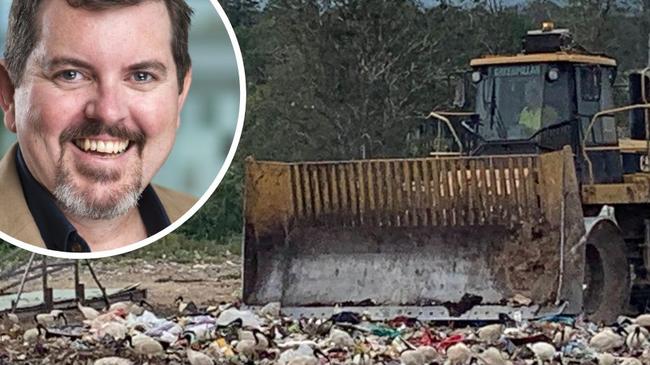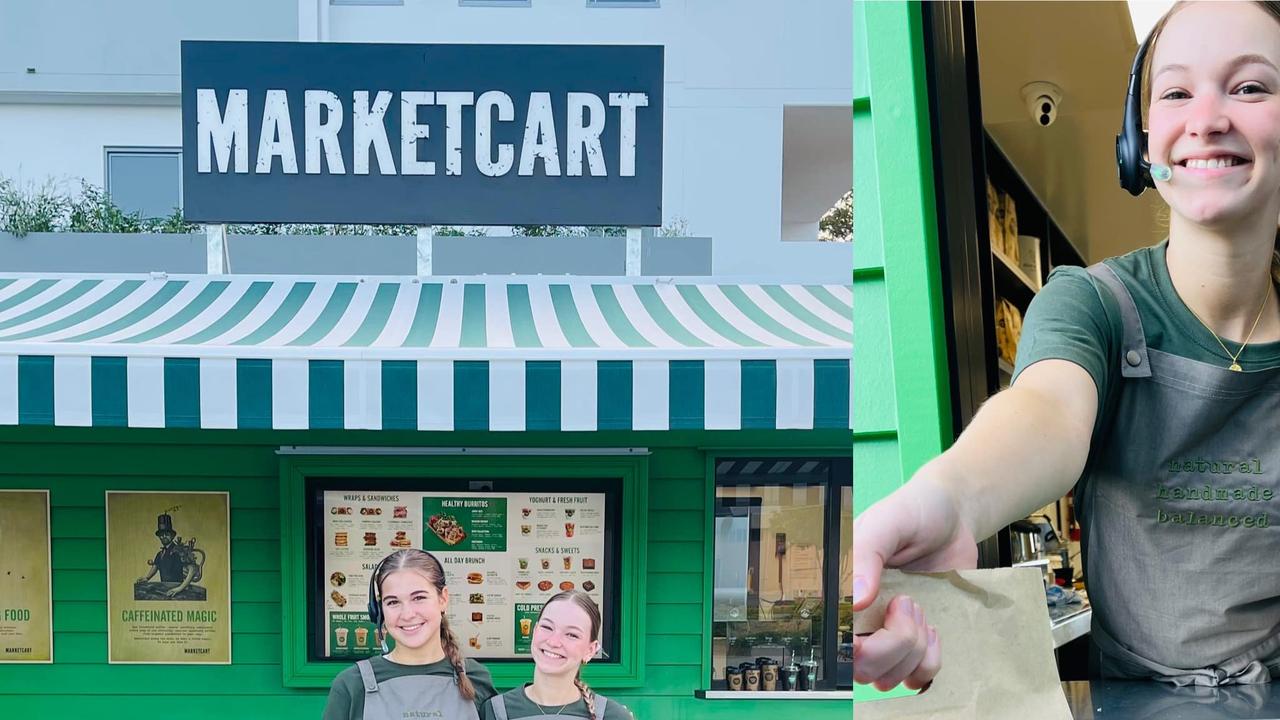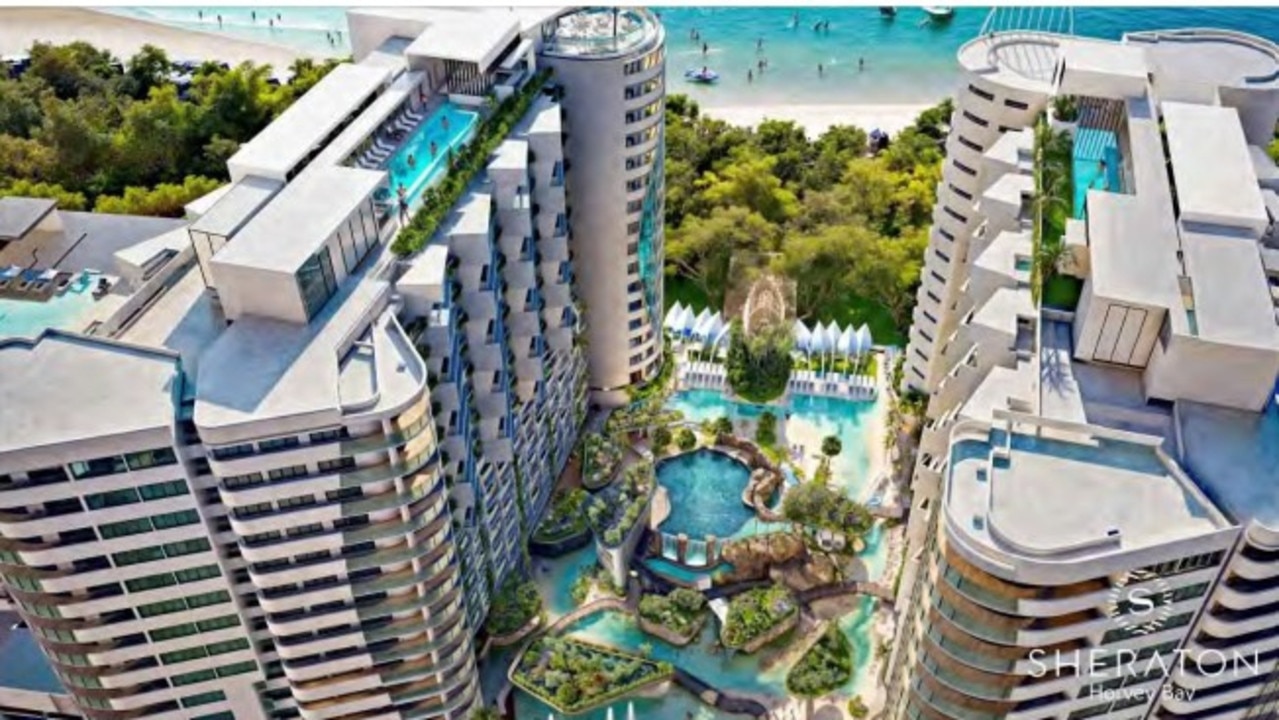Building owners nabbed in combustible cladding crackdown
The Queensland construction watchdog has launched a series of prosecutions against 18 building owners, body corporates and individuals over potentially deadly combustible cladding.
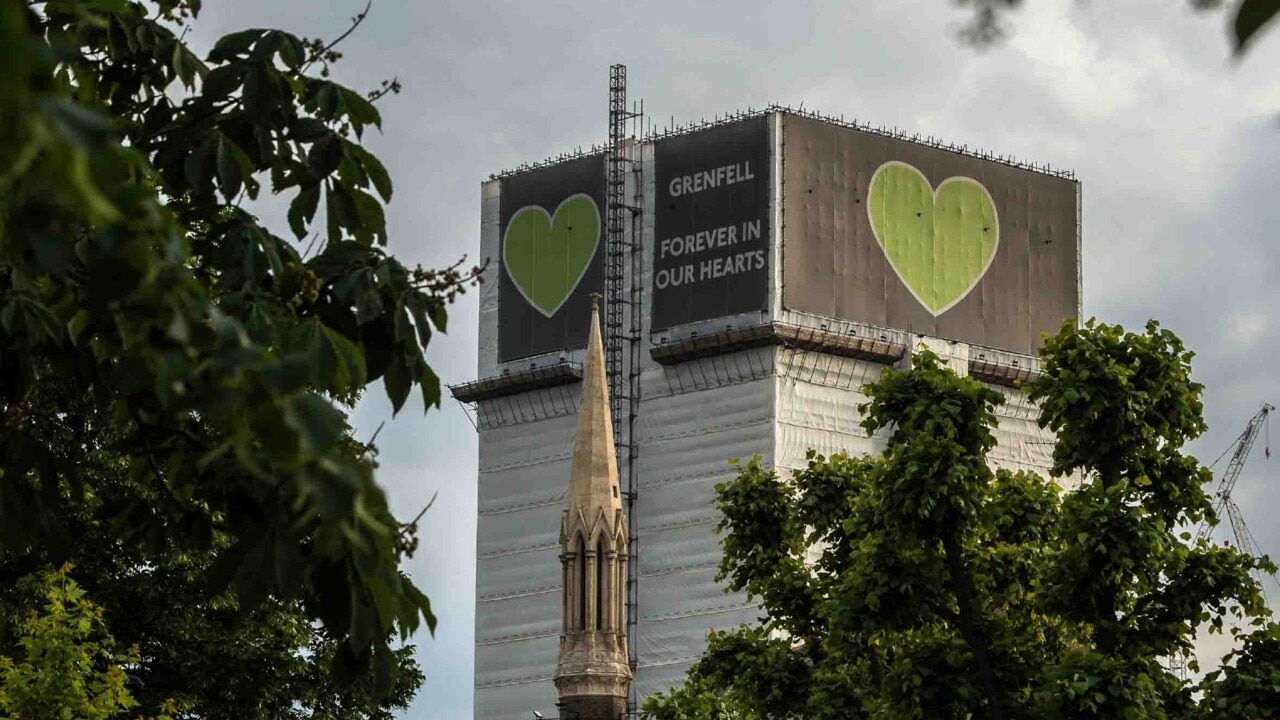
QLD Business
Don't miss out on the headlines from QLD Business. Followed categories will be added to My News.
The Queensland construction watchdog is cracking down on potentially deadly combustible cladding, launching a series of prosecutions over the past year against building owners.
The Queensland Building and Construction Commission (QBCC) said 18 building owners, body corporates and individuals pleaded guilty in Brisbane Magistrates Court between May 2022 and January this year in separate prosecutions brought by the watchdog.
QBCC commissioner Anissa Levy, says the prosecutions under the safer building program had helped create more certainty and safety in regard to construction materials used on Queensland buildings.
“These laws help protect us all in the buildings where we live, work and gather, and were introduced following the tragic death of 72 people in London’s Grenfell Tower in 2017,” Levy says. The Lacrosse Apartment fire in Melbourne’s Docklands in 2014 also raised concerns about the use of combustible cladding.
The legislation involved a three-stage process with building owners required to register their building before providing relevant information relating to potentially combustible cladding on their building at each stage of the program.
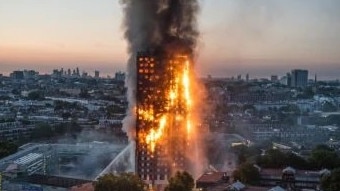
The QBCC commenced prosecutions relating to 35 private buildings which resulted in a total of $82,000 in fines and orders to pay $17,750 in legal costs for failing to provide required documentation for potentially combustible cladding on their buildings.
Of the 35 prosecutions commenced, 18 matters entered a timely plea of guilty, with fines imposed ranging between $2,000 and $8,000 for companies, $2,000 to $5,500 for body corporates and $1,500 for individuals. Convictions were not recorded.
In the remaining 17 matters, it was determined that cladding had been rectified prior to prosecution proceedings or ultimately found to not be combustible.
The building owners are required to provide the QBCC with a cladding checklist, safety risk assessment and a report from a registered fire engineer.
“The laws have increased public safety by helping to identify which buildings in Queensland contain combustible cladding on their external walls and any associated risks,” Levy says.
What a gas
Brisbane biogas firm LGI helped keep us cool during last week’s heatwave.
LGI chief operating officer Jarryd Doran says the company’s fleet of eight renewable power stations helped to supply reliable, dispatchable energy on a day when Queensland summer temperatures put immense pressure on the electricity grid.
Founded in 2009, LGI runs a string of biogas fuelled power stations at landfill sites across the country, including several in Queensland. “We are proud that our unique power generation model is able to offer renewable power, during peak times, even when the sun isn’t shining and the wind isn’t blowing,” Doran says.
LGI founder and managing director Adam Bloomer says seven of the company’s landfill sites are currently producing more than 87,500MWh of electricity annually. “That is easily enough to power 15,000 homes for a year,” Bloomer says. “At the same time, Australia still relies on landfills and there is an increasing need to manage their emissions.”
Investors in LGI also are feeling pretty cool, with the shares surging 50 per cent since their ASX debut last October. LGI’s $25m initial public offering came as the company announced it was seeking more capital to install additional power capacity, including battery storage, at its existing biogas plants.
More Coverage
